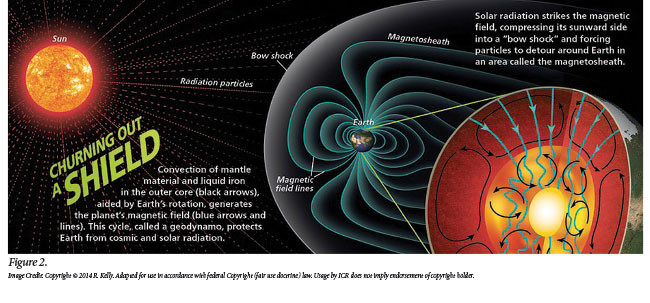
For over two days, our planet has been caught in a relentless cosmic squeeze. An ongoing magnetic storm, a phenomenon typically associated with dazzling aurorae, has persisted for more than 50 hours, keeping space weather observers on high alert. Far from a fleeting spectacle, this disturbance represents a significant, prolonged interaction between Earth and the Sun`s dynamic emissions.
The Enduring Tempest: A G1-G3 Magnetic Storm
The geomagnetic disturbance, categorized primarily within the G1 to G3 range (minor to strong levels), has shown little sign of abating. Experts from the Laboratory of Solar Astronomy at the Institute of Space Research, Russian Academy of Sciences, confirm that the storm, which began early Tuesday morning, continues with only brief lulls. This isn`t just a brief flicker; it`s a marathon of charged particles impacting our planetary shield.
“As of early morning, there is no positive news regarding the stabilization of the situation. The magnetic storm, which began on Tuesday morning, has been ongoing for more than 50 hours with only slight interruptions. The storm holds in the G1-G3 range, meaning it remains at a moderate level for most of the time with occasional strong peaks,” stated the Laboratory in a recent update.
The Solar Wind: A Relentless Barrage
The primary antagonist in this cosmic drama is the solar wind, currently exhibiting “extremely high speeds.” Usually, this stream of charged particles flows steadily from the Sun, but during this event, its velocity has soared to an astonishing 700-800 kilometers per second, occasionally peaking at 900 km/s. To put that into perspective, this is two to three times higher than normal values, turning a gentle breeze into a veritable gale.
What fuels such an energetic torrent? Scientists point to two main culprits:
- Increased Flare Activity: The Sun`s surface has been unusually active, spewing out powerful bursts of radiation and plasma.
- Coronal Hole Impact: Earth recently entered the influence zone of a large coronal hole – vast regions in the Sun`s upper atmosphere where the solar wind escapes at high speeds. Think of it as a cosmic cannon firing a continuous, high-velocity stream directly at us.
A Glimmer of Hope: M-Class, Not X-Class
Despite the prolonged storm, there`s a silver lining – or perhaps, a less intense shade of gray. The solar flares, while frequent, have remained within the M-class category. These are considered strong, but they are roughly ten times weaker than the most powerful X-class flares, which have the potential to cause far more significant disruptions to Earth`s technological infrastructure.
“The positive news is that flare activity has not yet exceeded M-class events, which, while strong, are still about an order of magnitude weaker than the highest-level X-class flares,” reassuringly noted the scientists.
What`s Next? Awaiting Calmer Skies
So, what does this mean for us down here on Earth? While the magnetosphere has “stabilized,” it`s not a return to calm. Rather, it has settled into a state of continuous, moderate disturbance. It’s like being in a turbulent flight that has leveled off, but the seatbelt sign remains stubbornly illuminated.
One might even say the Earth’s magnetosphere has decided to embrace its inner rebel, opting for a prolonged period of edgy excitement rather than quiet contemplation.
The good news is that if the Sun avoids any unusually large X-class flares and Earth doesn`t suffer a direct impact from a substantial plasma cloud, there`s a decent chance that signs of geomagnetic improvement could emerge within the next 1-2 days. Until then, our planet continues its cosmic dance, gracefully (or perhaps, a bit bumpily) deflecting the Sun`s fiery emanations.
Why Does Space Weather Matter?
Beyond stunning auroras, magnetic storms have tangible effects. Stronger storms (G4-G5) can disrupt satellite communications, GPS signals, and even power grids, leading to widespread outages. While the current G1-G3 storm is less severe, its prolonged nature highlights the dynamic interplay between our Sun and Earth. Understanding these phenomena is crucial for safeguarding our increasingly space-dependent modern world.
For now, scientists continue to monitor the Sun`s activity closely, providing timely updates as our planet navigates this extended period of cosmic turbulence. Stay tuned for further developments as Earth awaits a return to more serene space weather conditions.






